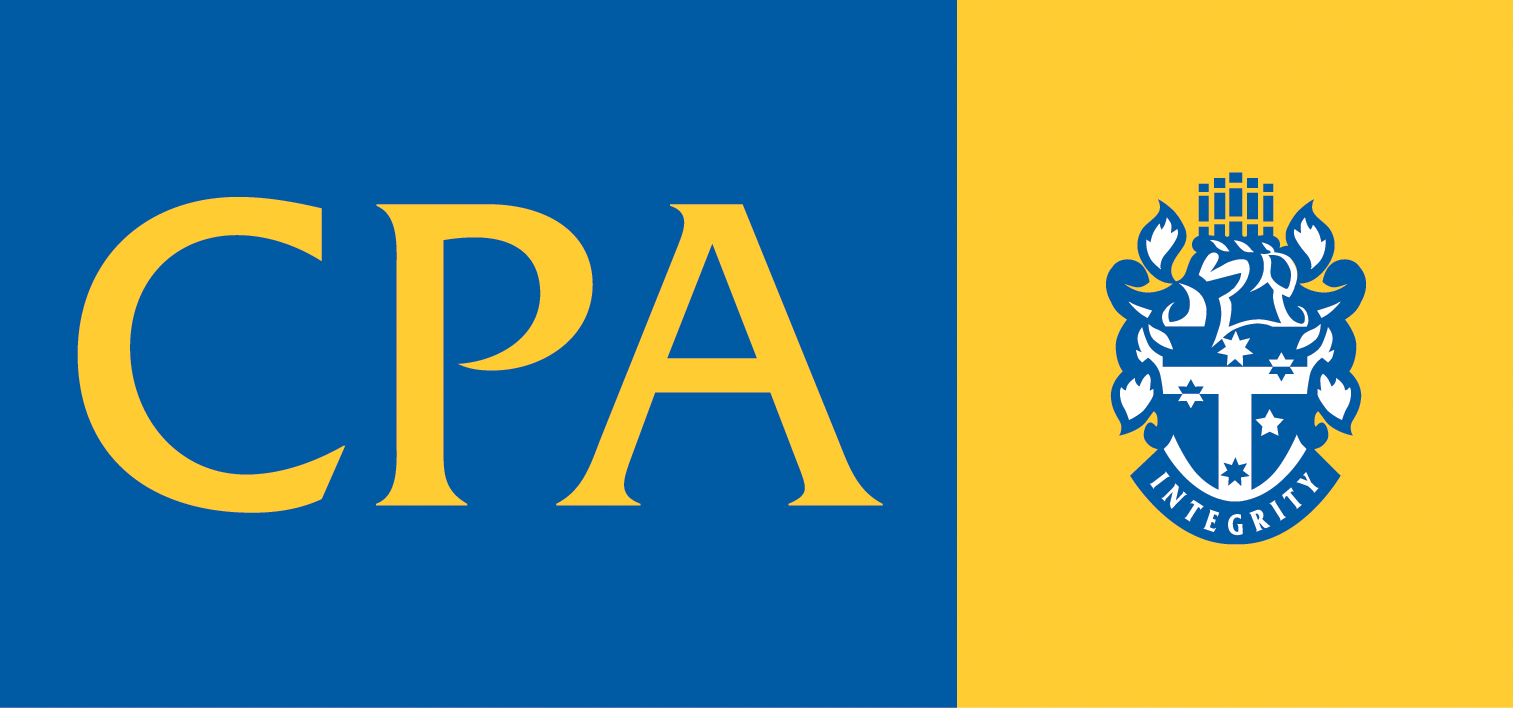Cyber In Accounting: Safeguarding Financial Data in a Digital Age
Cybersecurity is fast becoming a critical business strategy – and if it’s not, it should be. Many businesses hold critical data that poses significant risk to both businesses and their customers if the data they hold is not safeguarded from cybersecurity threats.
The largest threats to businesses come from external entry points exposed by staff, through phishing links, malware being downloaded and payment fraud. The valuable information held by some businesses (such as professional firms) make them prime for cyber attacks, which can have devastating impacts on businesses and their customers.
Outside of Government organisations, the financial services sector was the most targeted industry in Australia in FY 2024/25, with the cost of these cybercrimes increasing up to 55% for small and medium businesses.
People: The Biggest Cyber Risk
But where does your cyber strategy start, and how do you know what the risks are? The biggest risk to Australian businesses is its people. More than 85% of all cybersecurity incidents are caused by human error. The top three incident types all rely on staff and business decisions to gain access into systems, meaning it is more important than ever to conduct regular staff training.
Staff training should focus on identifying phishing attempts, understanding what to look for in malicious emails and content and how to maintain healthy password practices.
Technology and Updates: Don’t Let Legacy Systems Create Weaknesses
Another considerable business risk is legacy hardware and software being used in your environment. It might seem like a small frustration, turning your computer off for updates regularly, and using the latest versions of software, replacing hardware to align with required standards, but it works to close the gaps of security vulnerabilities.
Recommendations aligned with the Australian Signals Directorate’s Essential 8 Framework are that all critical vendor patches are applied within 48 hours of release, and any non-critical patches are applied within two weeks. This method applies to networking equipment, third party vendor software and device operating systems.
Recently, Microsoft have made the Windows 10 Operating System End of Life (EOL) which means that devices still running on this operating system can no longer receive security updates, a vulnerability that malicious actors will no doubt use to their advantage.
Visibility and Monitoring: Detecting Threats Early
Realistically, you cannot defend what you cannot see. An important safeguard is event logging, reporting and alerting being setup in your environment.
Just by way of example, the average breach for financial services businesses in Australia takes 288 days to detect. 288 days of unmitigated breaches, access to customer and staff data,
contact lists, patterns of behaviour and possibly already setting up rules and routing inside the environment that the business is entirely unaware of.
Setting up appropriate logging and alerts to ensure that you are notified when something risky, like logging in from Australia at 10am and Japan at 11am, is happening inside your environment. Understanding when unauthorised access to systems has occurred is critical in being able to then assess the potential scope of an incident, so it can then be managed.
The Importance of a Cyber Incident Response Plan
A Cyber Incident Response Plan (CIRP) might seem like another piece of paper, but it is critical in defining the steps that your organisation needs to take to act, mitigate and respond to a cyber event. An adequate CIRP will include several critical components, but the incident management team, detection methods, incident categorisation, evidence process and resolution plans form the baseline of what will help an organisation act swiftly, and appropriately for the event type.
A CIRP that has been tested regularly ensures that in the event of a cybersecurity incident, your organisation has a prioritised and effective response that deals with the technical concerns, the potential data breaches and any ongoing communications required either internally or externally with customers and stakeholders.
Protecting Your Business, Clients, and Reputation
In today’s digital world, it is never more important for businesses to ensure their data, systems, staff and clients are protected from threats. Cybersecurity and risk strategies are critical in this landscape and should consider different components, including staff training, technology strategies, data and information handling policies, and incident response plans.
Considering cybersecurity as a business strategy is how organisations will survive, and thrive, and ensure that their reputation, financial security and customers are protected.








